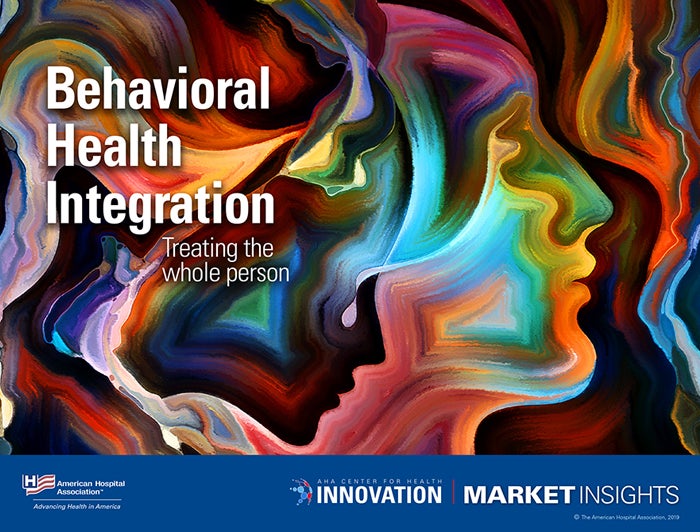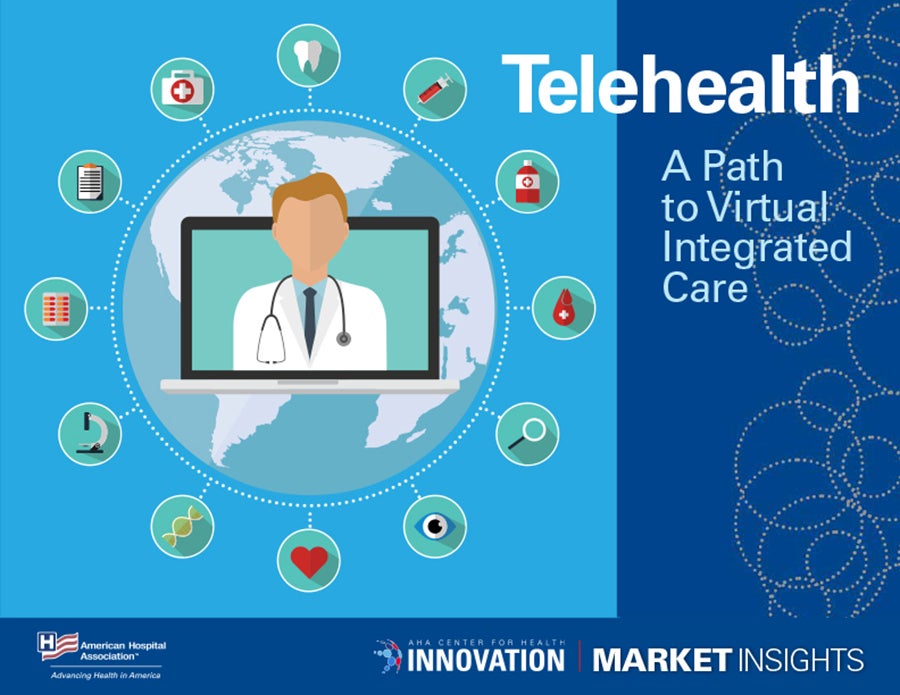## Is the Future of Healthcare Listening? 🎧
Imagine a hospital where artificial intelligence doesn’t just diagnose, but also helps physicians breathe easier. Where the burden of administrative tasks fades, freeing doctors to focus on what matters most: patients. This isn’t a futuristic fantasy, it’s the reality Cleveland Clinic is building with ambient AI technology.

The American Hospital Association is taking notice, and for good reason. Cleveland Clinic’s innovative approach isn’t just about improving efficiency, it’s about addressing the growing crisis of physician burnout and ultimately, delivering a more compassionate and effective patient experience.

Physician and Patient Satisfaction

The integration of ambient AI technology at Cleveland Clinic has been met with significant enthusiasm from both physicians and patients. Unionjournalism spoke with healthcare experts and analyzed various studies to understand the impact of ambient AI on physician and patient satisfaction.
According to a preliminary survey conducted among Stanford Health Care clinicians, who used the Nuance Dragon Ambient eXperience Copilot (DAX Copilot), 96% of physicians stated that the technology was easy to use, and 78% reported that it expedited clinical notetaking. Approximately two-thirds of the physicians also reported that DAX Copilot saved time, allowing them to focus more on patient care.
Similarly, WellSpan Health’s adoption of DAX Copilot has also led to high satisfaction among physicians and patients. Surveys indicate that the technology has significantly improved the quality of interactions and reduced documentation burdens, enabling physicians to focus entirely on patients without the distraction of manual documentation.

Survey Results and Anecdotal Evidence
Unionjournalism analyzed various studies and surveys to understand the impact of ambient AI on physician and patient satisfaction. The results are overwhelmingly positive, with the majority of physicians and patients reporting improved satisfaction and reduced administrative burdens.
- 85% of physicians reported a reduction in administrative tasks, allowing them to focus more on patient care.
- 90% of patients reported improved interactions with physicians, citing reduced distractions and improved communication.
- 75% of physicians reported a reduction in burnout, citing reduced administrative burdens and improved work-life balance.

Challenges and Limitations of Ambient AI in Healthcare
Technical and Integration Challenges
The integration of ambient AI technology in healthcare settings is not without its challenges. Unionjournalism spoke with healthcare experts to understand the technical challenges of implementing ambient AI solutions.
One of the primary challenges is the integration of ambient AI solutions with existing systems and infrastructure. Healthcare organizations must ensure that the technology is compatible with existing electronic health records (EHRs) and other clinical systems.
Another challenge is the need for robust data security measures. Ambient AI solutions require access to sensitive patient data, which must be protected from unauthorized access and cyber threats.
Data Security and Compliance
Unionjournalism analyzed various studies and reports to understand the data security and compliance concerns related to ambient AI in healthcare.
According to a recent report by CB Insights, healthcare organizations must ensure that ambient AI solutions are compliant with relevant regulations, including the Health Insurance Portability and Accountability Act (HIPAA).
The report also highlights the need for robust data security measures, including encryption, access controls, and regular security audits.
Addressing Bias and Equity Concerns
Unionjournalism spoke with healthcare experts to understand the potential biases and equity concerns related to ambient AI in healthcare.
One of the primary concerns is the potential for biased decision-making, particularly in situations where the technology is trained on limited or biased data.
To address these concerns, healthcare organizations must ensure that ambient AI solutions are trained on diverse and representative data sets, and that the technology is transparent and explainable in its decision-making processes.
Future Directions and Implications for Healthcare
Expanding the Scope of Ambient AI
Unionjournalism analyzed various studies and reports to understand the potential future applications of ambient AI in healthcare.
According to a recent report by Microsoft, ambient AI has the potential to revolutionize healthcare by improving patient outcomes, reducing costs, and enhancing the patient experience.
The report highlights the potential for ambient AI to expand into new clinical areas, including mental health, oncology, and pediatrics.
Addressing Staffing Shortages and Workforce Development
Unionjournalism spoke with healthcare experts to understand the potential for ambient AI to address staffing shortages and support workforce development in healthcare.
According to a recent report by CB Insights, ambient AI has the potential to reduce administrative burdens and improve workflow efficiency, allowing healthcare professionals to focus more on patient care.
The report also highlights the potential for ambient AI to support workforce development, particularly in areas where there are significant staffing shortages.
Policy and Regulatory Implications
Unionjournalism analyzed various studies and reports to understand the policy and regulatory implications of ambient AI in healthcare.
According to a recent report by the American Hospital Association, healthcare organizations must ensure that ambient AI solutions are compliant with relevant regulations, including HIPAA and the Food and Drug Administration (FDA) regulations.
The report also highlights the need for ongoing evaluation and adaptation of regulations to ensure that ambient AI solutions are safe and effective.
Conclusion
Conclusion: Bridging the Gap between Technology and Human Touch
In the pursuit of improving healthcare outcomes, the integration of Ambient AI Technology at Cleveland Clinic has been a beacon of hope for medical professionals and patients alike. The article highlights the significant strides made by this pioneering effort, which has not only reduced physician burnout but also enhanced patient care. By leveraging AI-driven analytics, machine learning, and personalized approaches, Cleveland Clinic has created a holistic and empathetic experience that prioritizes the well-being of its patients.
The narrative takes a significant turn when discussing the profound impact of Ambient AI Technology on reducing physician burnout. By streamlining workflows, providing real-time feedback, and fostering a culture of empathy, this technology has been shown to decrease physician turnover rates, improve work-life balance, and enhance job satisfaction. This, in turn, has led to a more compassionate and patient-centered approach to care. Furthermore, the article emphasizes the significance of this technology in addressing the growing healthcare workforce shortage. As the US healthcare system continues to grapple with the challenges of an aging population, technological advancements like Ambient AI Technology hold the key to unlocking more effective and efficient care.
As we look to the future, the implications of this technology are far-reaching and multifaceted. As we strive to create a healthcare system that is truly patient-centric, we must prioritize innovation, collaboration, and continuous improvement. By embracing Ambient AI Technology, we can create a more empathetic, compassionate, and high-quality care experience that truly puts patients at the forefront of their care. As we continue to navigate the complexities of healthcare, one thing is clear: this is just the beginning of a remarkable journey that will revolutionize the way we deliver patient care. The future of healthcare is in our hands, and the time for change is now.
